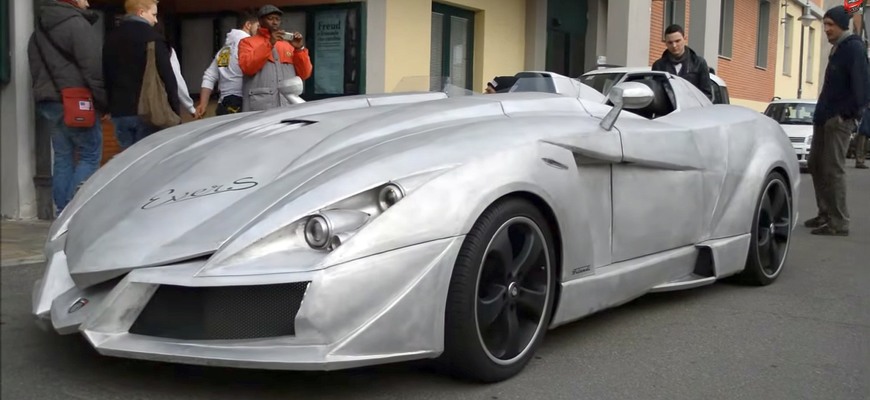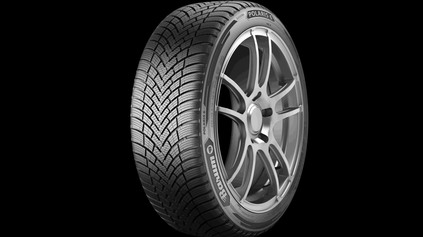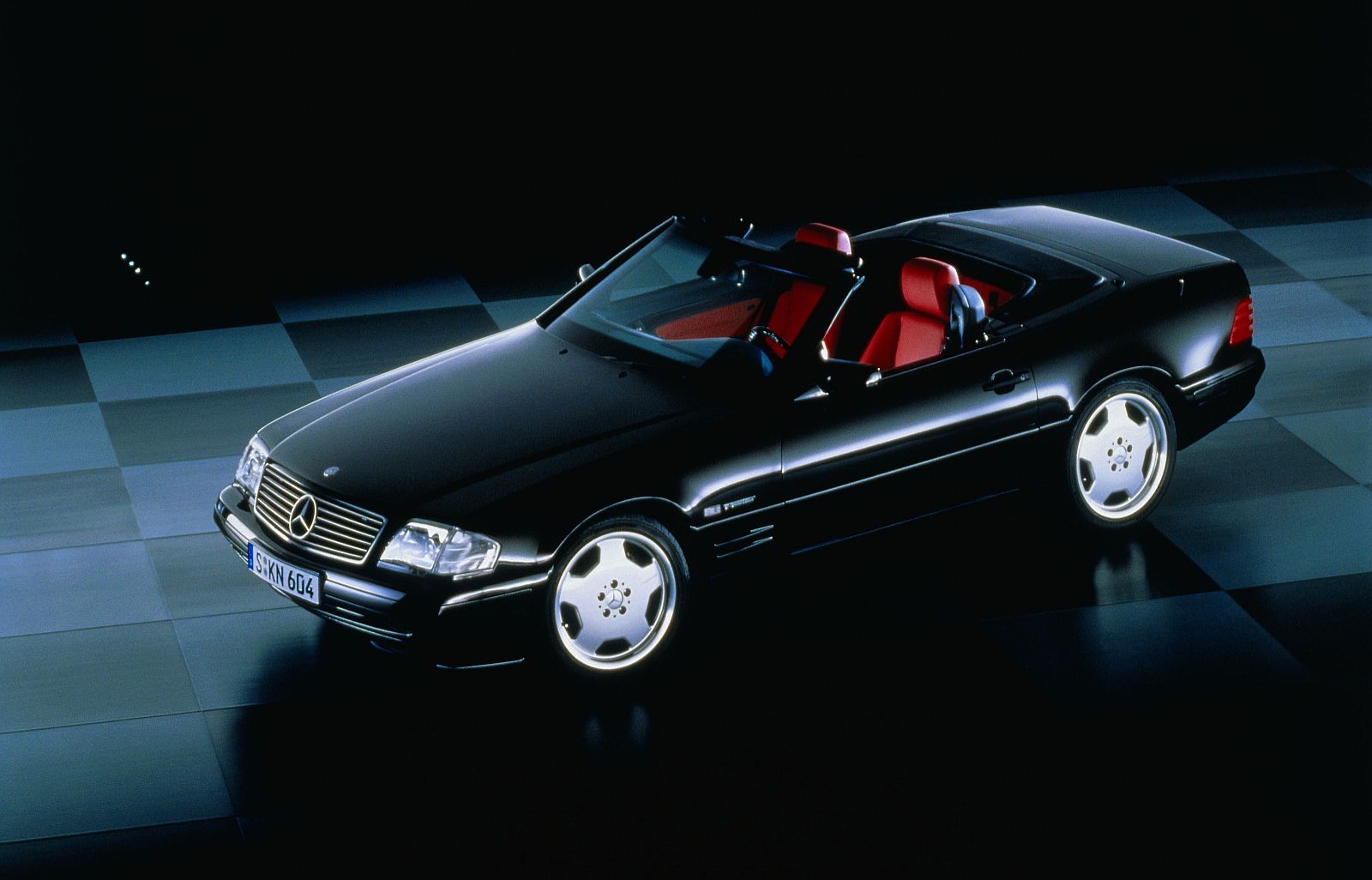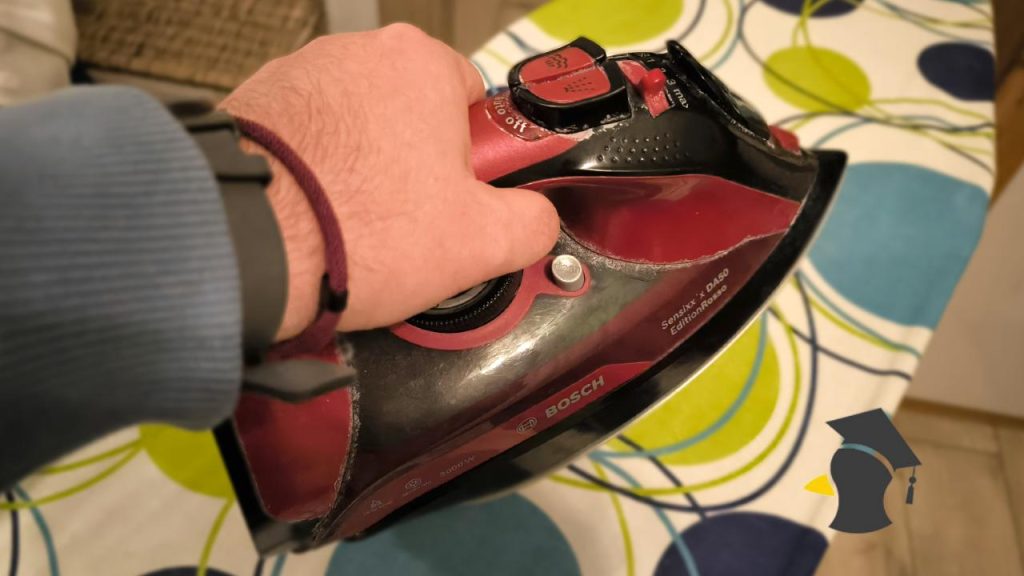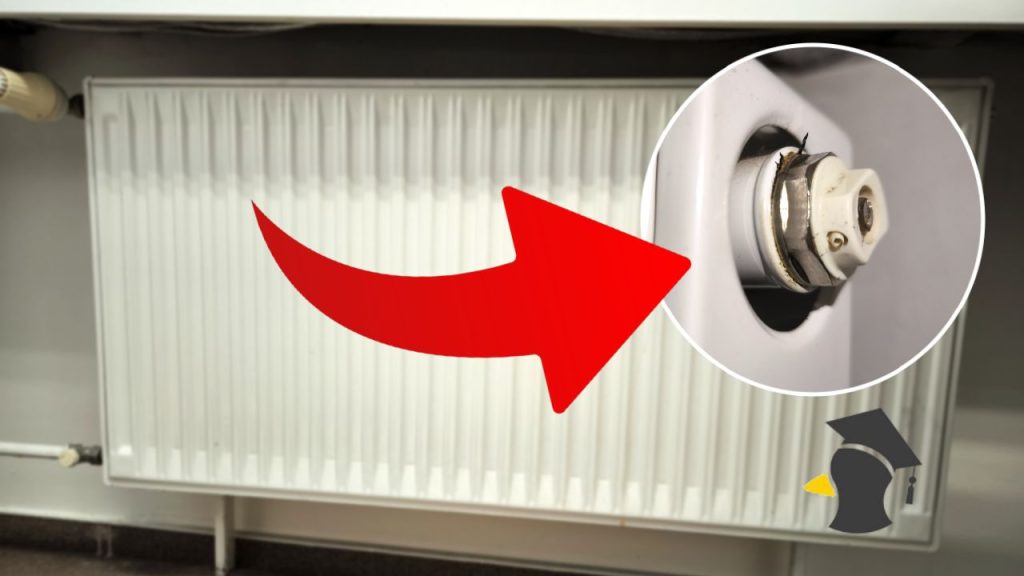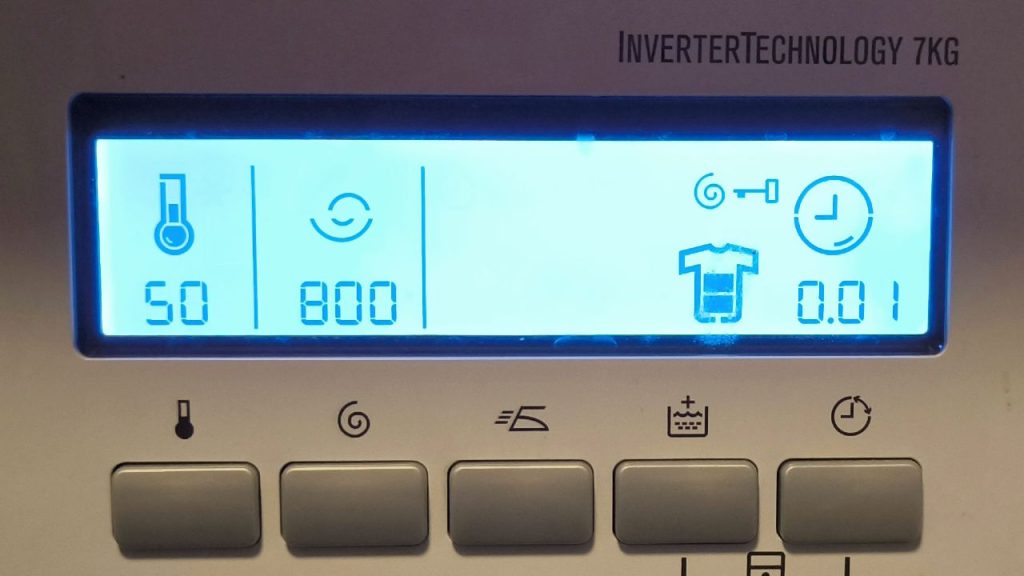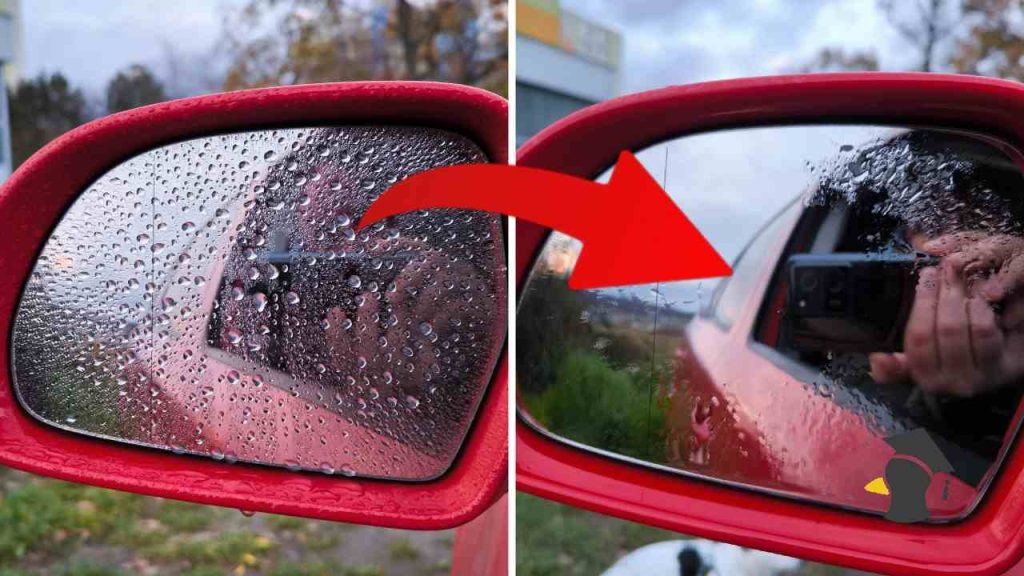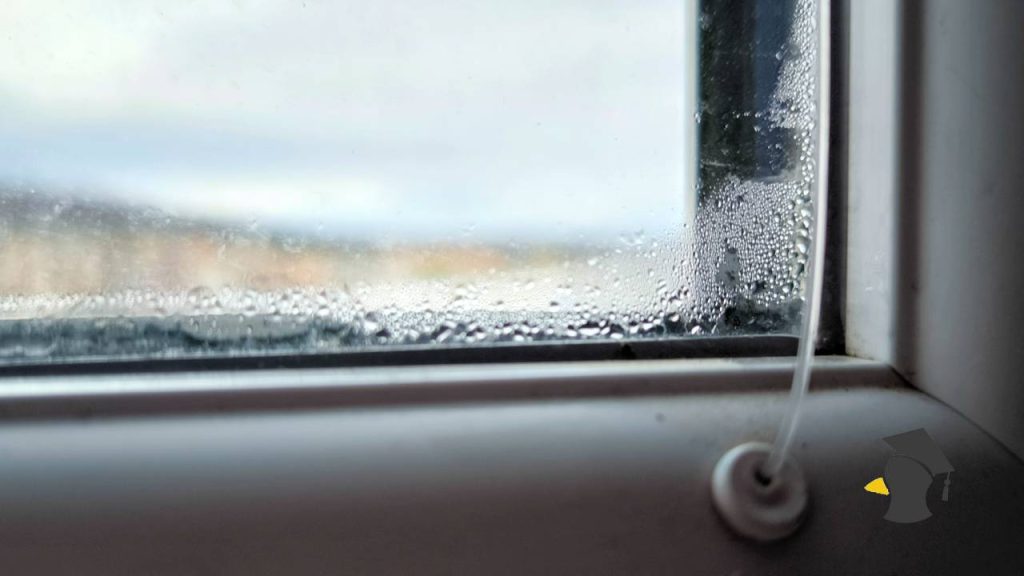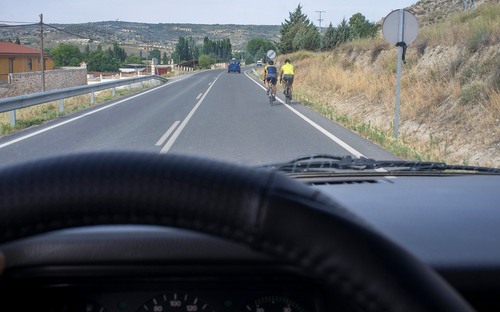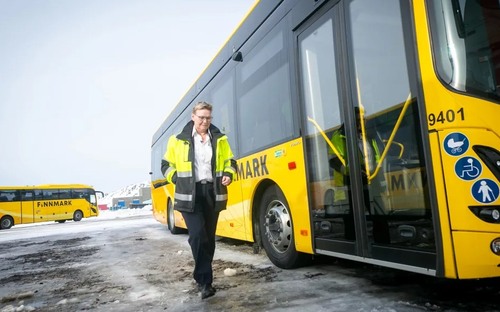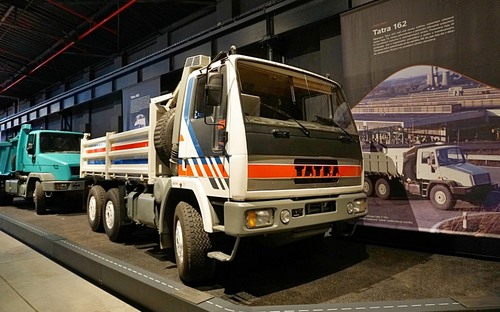 60.00
60.00
@jurajJuro, ak su tvoje oči na rozdiel od mojich bezchybne a je šanca, že tomu porozumieš, tu je pár faktov (nie dojmov). Ak nevieš, daj si to preložiť...
A technological trailblazer celebrates its 25th anniversary: Mercedes-Benz SL, R 129 model series (1989 to 2001)
The Geneva Motor Show of March 1989 provided the big stage for Mercedes-Benz to present the new SL from the R 129 model series. The response was immediately extremely positive – in fact so positive that the planned annual production capacity of 20,000 units was soon oversubscribed. Anyone wanting to own an R 129 had to accept a delivery period of several years in that early phase.
Barely a year after its launch the SL was awarded the international \"Car Design Award\". Chief designer Bruno Sacco and his team had done an excellent job.
The stylistically assured, no-frills lines of the slightly wedge-shaped body, the flared wheel arches for the wide-base tyres, the half-spoilers forward of the front wheels, a steeply raked windscreen, skilfully modelled rear end, and light-alloy wheels as standard came together here to create an exceedingly harmonious overall effect. Functionality was also built in: the aerodynamic fine touches, including the underbody and airflow through the engine compartment, added up to a fuel-saving, speed-increasing cd value of 0.32 with the hardtop mounted. A figure of cd = 0.40 was measured for the open-top car with closed side windows.
This car set new standards in the area of safety, too. Passive safety was raised to an exceptionally high level for an open-top vehicle through a variety of measures. An integral part of the safety concept was the automatic roll-over bar, which was implemented here for the first time in a motor car. If a roll-over threatened, the sensor-controlled roll-over bar would be electromagnetically triggered, raised into position by the force of pre-compressed springs within 0.3 seconds and secured by locking pawls.
Another component of the safety concept was the SL \'s integral seats, which represented a technical masterpiece of design: 20 patents for solutions to various details went into this seat. The frame and backrest were made of a variety of special magnesium alloys, using a thin-wall casting technique. They incorporated the three-point seat belt with belt tensioner, belt height adjustment coupled with the head restraint adjustment, and electric stepper motors for fore-and-aft, height and angle adjustment for the seat cushion and backrest. The resistance of the seat in a crash was many times higher than the forces that could possibly arise.
Jazdím na: BMW M3 V8 (E92), Lexus LC500 coupé, Genesis 3,8 V6 AWD (DH), Land Rover Freelander I TD4, Toyota GR86
Odpovedať
